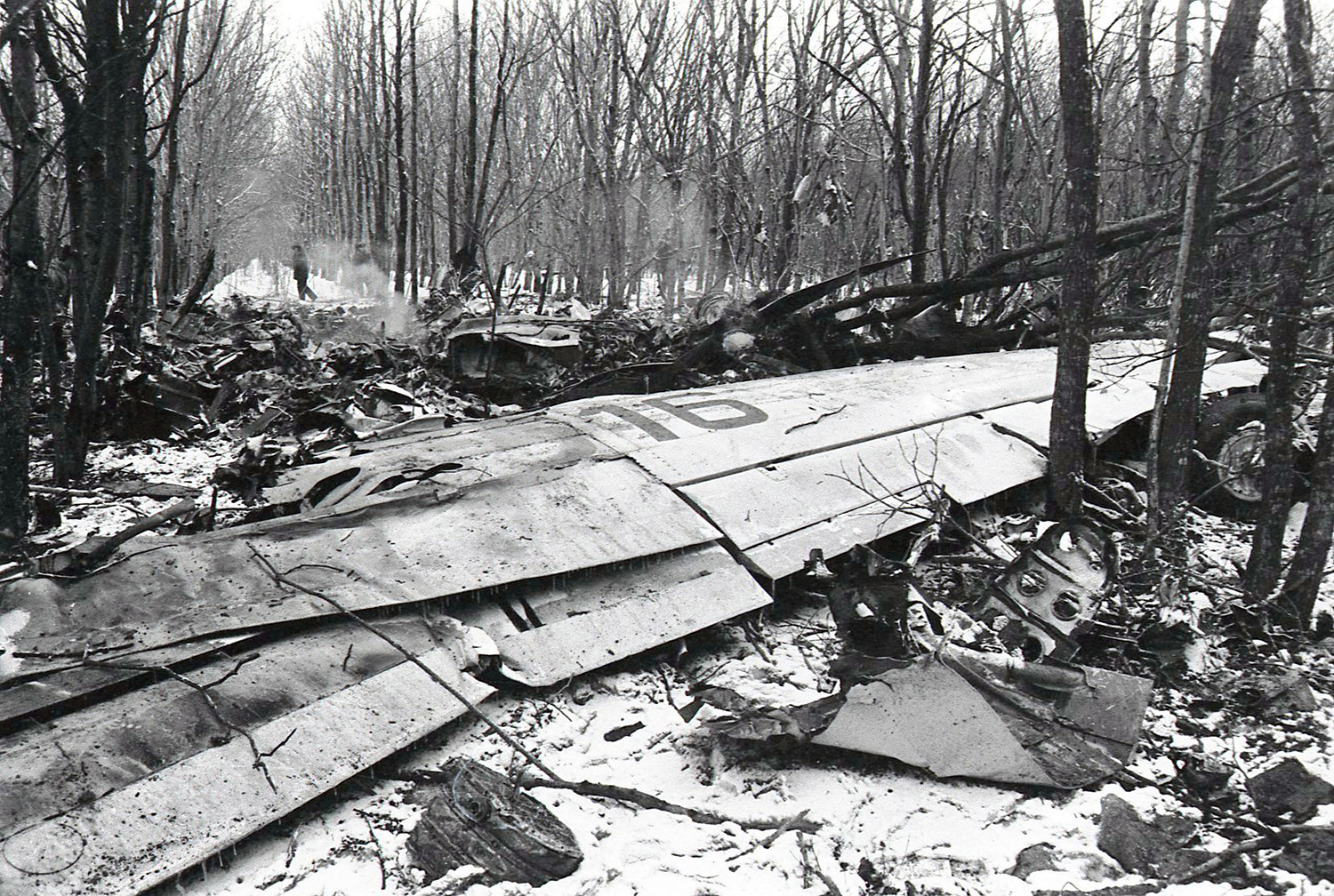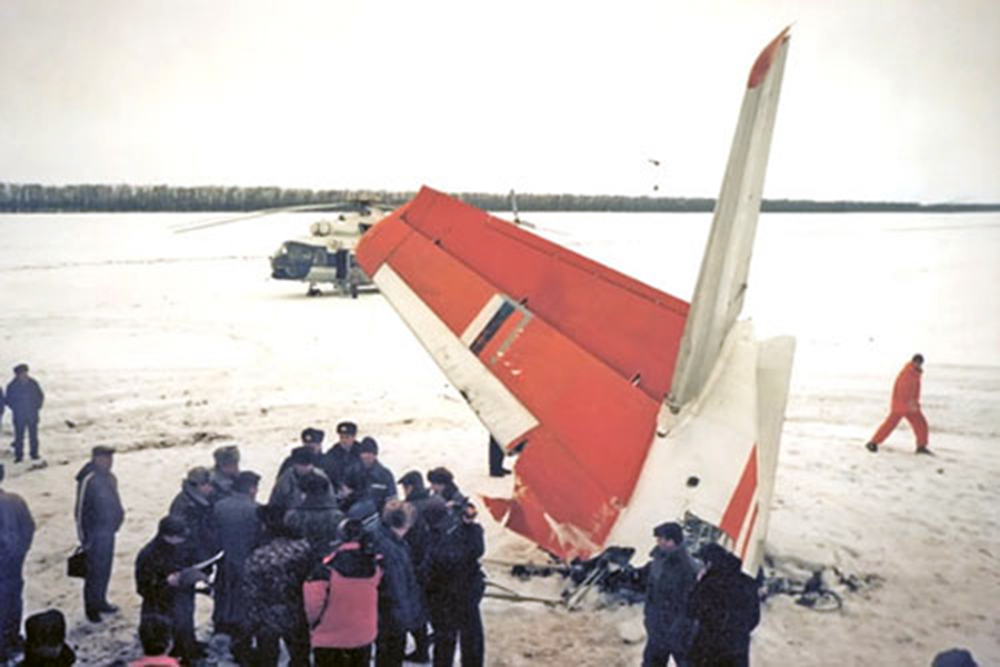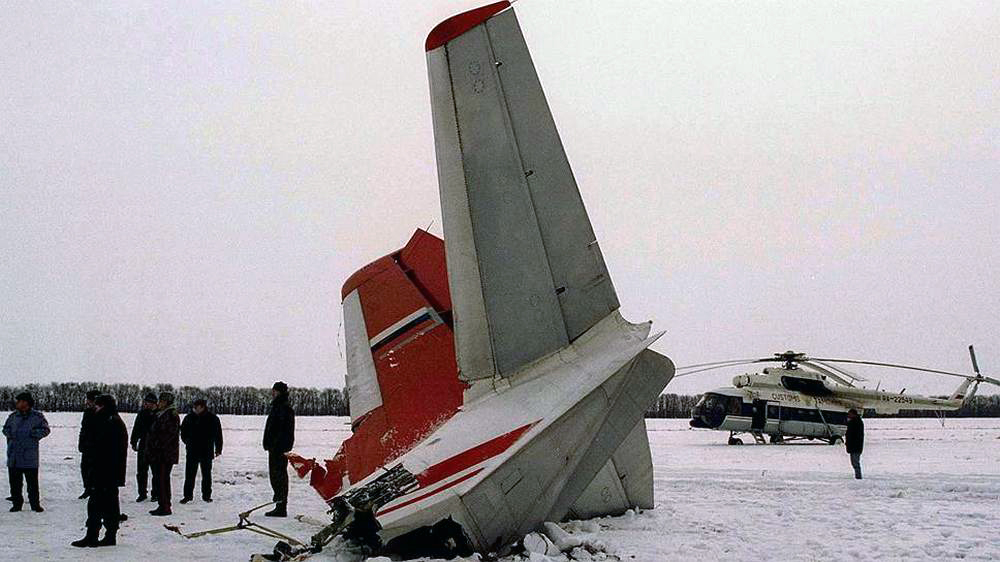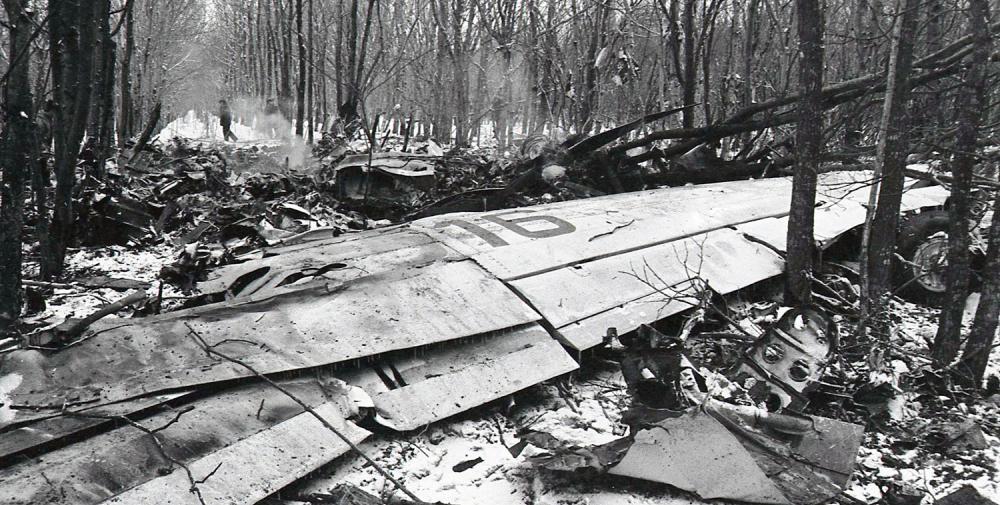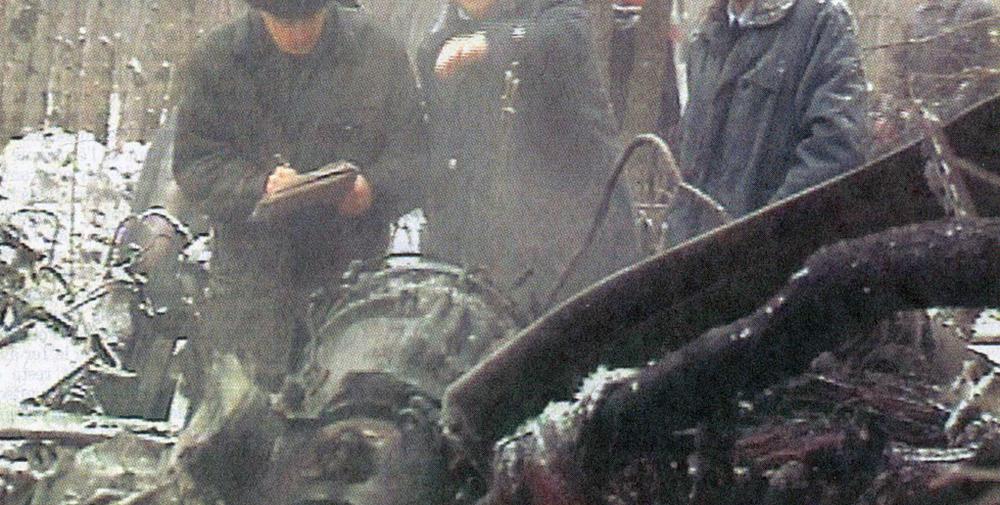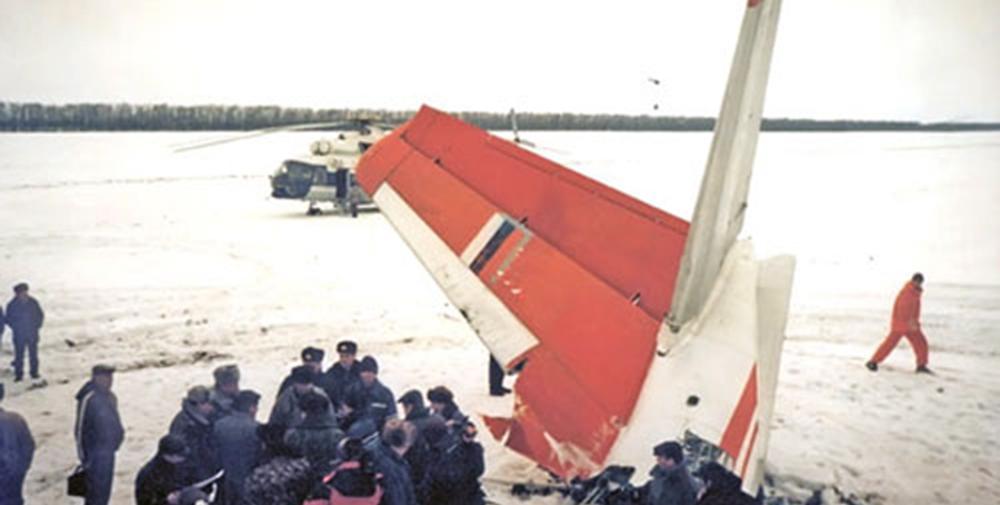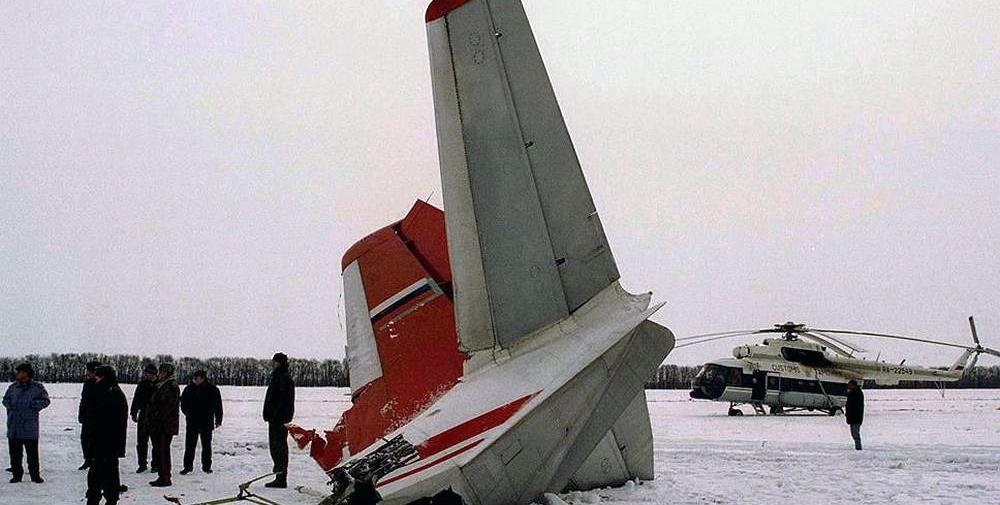Date & Time:
Mar 18, 1997 at 1003 LT
Type of aircraft:
Antonov AN-24
Registration:
RA-46516
Flight Phase:
Flight
Flight Type:
Scheduled Revenue Flight
Survivors:
No
Site:
Plain, Valley
Schedule:
Stavropol - Trabzon
MSN:
3 73 085 02
YOM:
1973
Flight number:
SVL1023
Country:
Russia
Region:
Asia
Crew on board:
6
Crew fatalities:
6
Pax on board:
44
Pax fatalities:
44
Other fatalities:
0
Total fatalities:
50
Captain / Total hours on type:
11600
Copilot / Total hours on type:
2657
Aircraft flight hours:
41181
Aircraft flight cycles:
27628
Circumstances:
While cruising at an altitude of 6,000 metres, the aircraft suffered a structural failure when the tail separated. The aircraft entered an uncontrolled descent and crashed in a wooded area located about one km from Cherkessk. The aircraft was totally destroyed upon impact and all 50 occupants were killed. The tail was found about 1,600 metres from the main wreckage. It was reported during investigations that the tail separated due to corrosion after the aircraft was operated in humid environment in Zimbabwe and DRC from 15 August 1994 till 28 December 1995.
Probable cause:
The accident was caused by the combination of the following factors:
1.Surface, without the use of instrumental control methods, by the commission's assessment of the technical condition of the An-24 RA 46516 aircraft and the subsequent unjustified issuance of a conclusion and a decision on the possibility of extending its MTO and service life;
2. Violation of the requirements of the current documents when extending the overhaul life for the An-24 RA 46516 aircraft and extending the established overhaul life without taking into account its long-term operation in a humid and hot climate;
3. Inconsistency of the regulatory documents governing the organization of work to establish and extend the resources and service life of civil aircraft (Regulation 1994) with the requirements of flight safety in modern conditions;
4. Violation of the requirements of the technology for repairing aircraft and household equipment during repairs in ARZ conditions;
5. Imperfection of technological documentation for periodic maintenance in terms of determining the corrosion and corrosion-fatigue state of the aircraft structure in hard-to-reach areas;
6. Insufficient control in the operation of hard-to-reach areas of the underground part of the fuselage in terms of determining the state of structural elements and the presence of corrosion lesions;
7. Failure to comply with the prescribed anti-corrosion measures for the structure of the aircraft during repairs at the ARP and in operation.
1.Surface, without the use of instrumental control methods, by the commission's assessment of the technical condition of the An-24 RA 46516 aircraft and the subsequent unjustified issuance of a conclusion and a decision on the possibility of extending its MTO and service life;
2. Violation of the requirements of the current documents when extending the overhaul life for the An-24 RA 46516 aircraft and extending the established overhaul life without taking into account its long-term operation in a humid and hot climate;
3. Inconsistency of the regulatory documents governing the organization of work to establish and extend the resources and service life of civil aircraft (Regulation 1994) with the requirements of flight safety in modern conditions;
4. Violation of the requirements of the technology for repairing aircraft and household equipment during repairs in ARZ conditions;
5. Imperfection of technological documentation for periodic maintenance in terms of determining the corrosion and corrosion-fatigue state of the aircraft structure in hard-to-reach areas;
6. Insufficient control in the operation of hard-to-reach areas of the underground part of the fuselage in terms of determining the state of structural elements and the presence of corrosion lesions;
7. Failure to comply with the prescribed anti-corrosion measures for the structure of the aircraft during repairs at the ARP and in operation.
Final Report:
RA-46516.pdf385.57 KB
